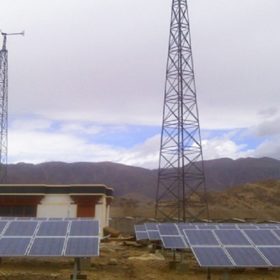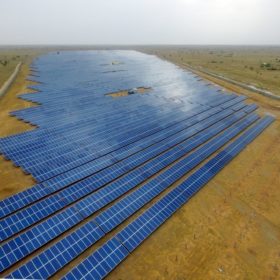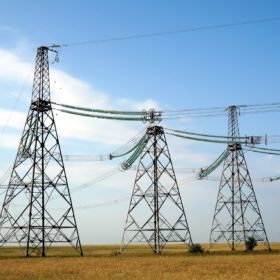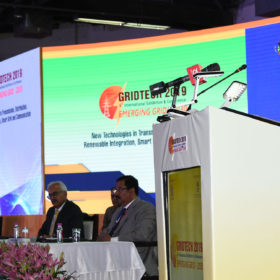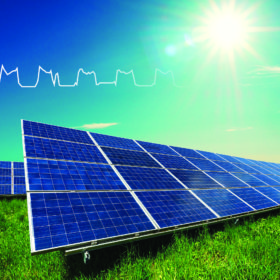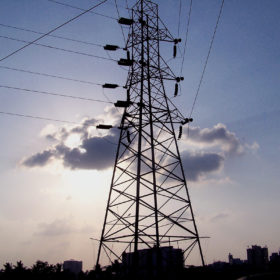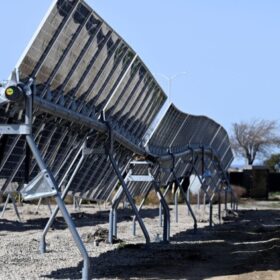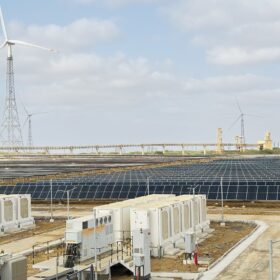PTC Financial joins USICEF initiative to fund distributed solar projects
Infrastructure finance provider PTC India Financial Services (PFS) has partnered with U.S.-India Clean Energy Finance (USICEF) initiative to fund the most promising, investment-ready distributed solar projects in India.
NHPC tenders 40 MW solar project in Odisha
National Hydroelectric Power Corporation (NHPC) has invited online bids for development of 40 MW grid-connected crystalline PV solar power project in District Ganjam of Odisha. The project will be awarded through domestic competitive bidding followed by reverse action.
MYSUN expands in 7 states to push solar for SMEs
The rooftop solar solutions provider has bagged 11 MW of multiple new orders in Maharashtra and Rajasthan in last one month. These projects are getting executed in Pune, Ratnagiri, Baramati, Washim, Nanded and other cities in Maharashtra and Rajasthan.
MNRE proposes mandatory recycling of solar PV glass
The Ministry of New and Renewable Energy (MNRE) has proposed making it mandatory for solar power developers to follow glass recycling procedures for solar photovoltaic (PV) panels.
Market-based economic dispatch, a structural change with mixed outcomes: India Ratings
Market-based scheduling will enable flexibility in grids to facilitate renewable energy generation. However, the framework proposed by Central Electricity Regulatory Commission (CERC) doesn’t indicate any change in the payments mechanism for renewable projects, says the ratings agency.
Vice President Naidu stresses on solar cities, smart grids, and EVs
India needs to adopt renewable energy and electric vehicles in a big way to meet the twin goals of energy security and climate protection.
Global solar PV will reclaim double-digit growth in 2019, says IHS Markit
This revived growth comes mainly from markets outside of China, which are forecast to rise by 43% in 2019. While China will grow marginally by 2%, Europe will add over 7 GW with utility-scale installations in Spain alone contributing 60% of the growth in the region. The USA will overtake India to once again become the second-largest PV market.
Financing key to scaling up SME rooftop solar in India — Deloitte
The Micro, Small and Medium Enterprises (MSME) sector is expected to make a significant contribution to India’s rooftop PV target of 40 GW by 2022. However, a range of issues — including low public awareness, the scarcity of low-cost financing and the need for rooftop aggregation models — must be addressed before rooftop solar can be aggressively scaled up, according to a new report from Deloitte and the Climate Investment Funds (CIF).
State can’t curtail solar power at convenience, says Tamil Nadu electricity regulator
Following a petition by National Solar Energy Federation of India (NSEFI), Tamil Nadu Electricity Regulatory Commission (TNERC) stated that the State Load Dispatch Centre (SLDC) cannot curtail renewable power at convenience.
Will India’s RE push kill the critically endangered great Indian bustard?
Amid the hubbub surrounding India’s renewable energy ambitions, few people have likely heard the last wails of a critically endangered great Indian bustard as it chars to death on a power transmission line or fatally collides with a wind turbine.
